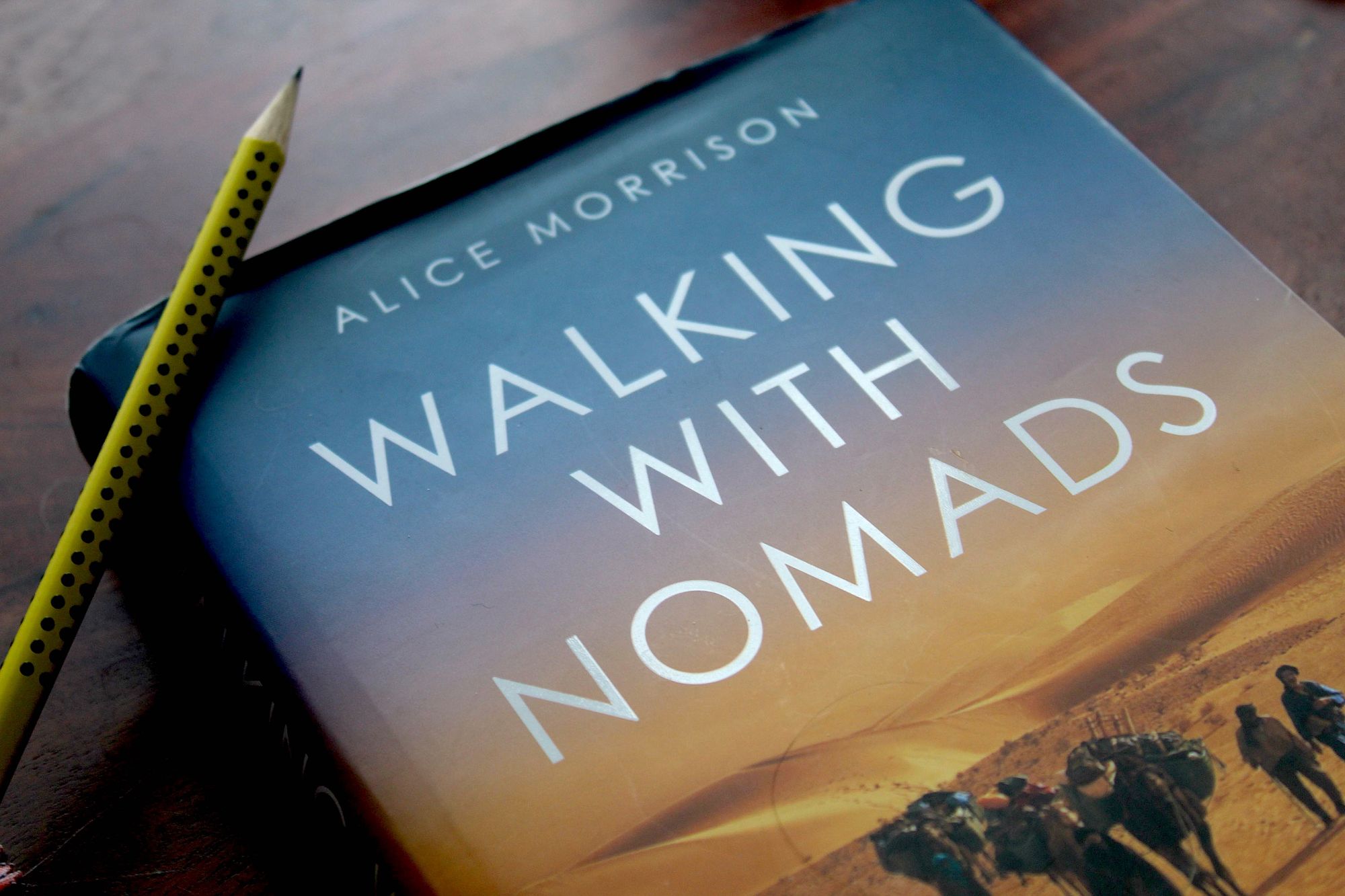In Walking With Nomads, adventurer Alice Morrison embarks on the ultimate Moroccan expedition, from sunsets over the sand dunes of the Sahara to the lush, rocky passages of the High Atlas mountains and all the culture, food and conversations you’d expect in between.
The book is divided into three expeditions. The first is a source to sea on the River Draa, walking through a desert “hiding treasures everywhere” and finishing at the Atlantic Ocean. The second is a trip through the “hard, relentless” Sahara, where the “colours are like waves rolling across the sky towards the sand” and the final expedition is through the Atlas Mountains, where “a cornucopia of colours” covers dramatic mountains in “rich red stripes” and “lemon yellows”, wrapping up the journey in Nador, at the Mediterranean Sea.
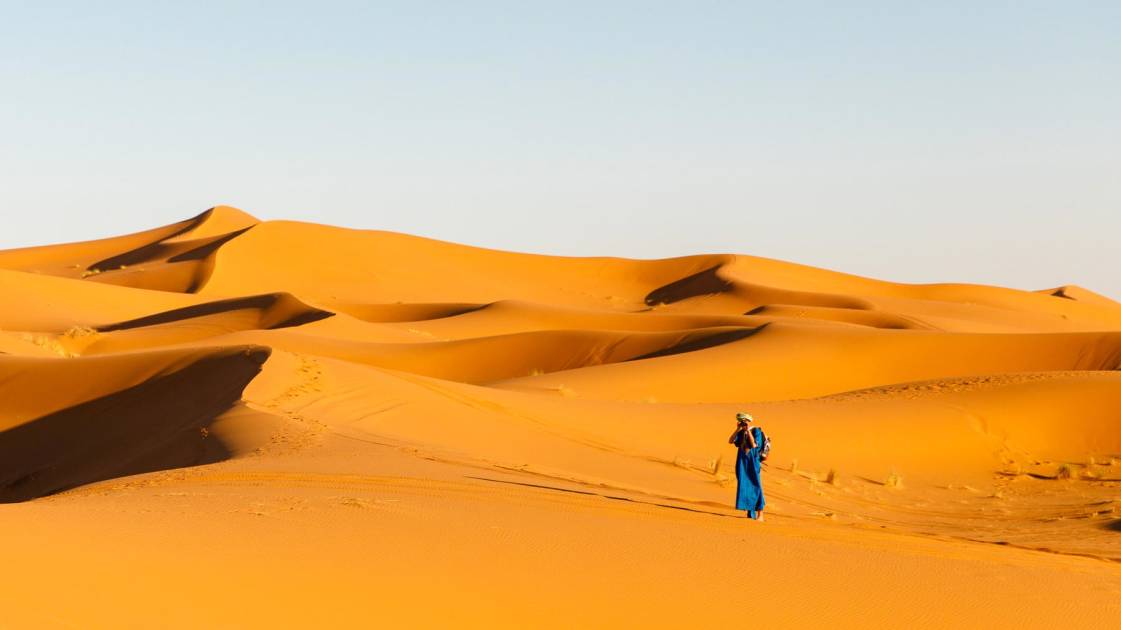
Morrison had been living in Morocco for four years before the first expedition and notes her top three tips for being an adventurer: “an optimistic nature, a short memory and a big dollop of good luck.” As Alice ventures down the Draa to the Atlantic, various other tips emerge - check your shoes for scorpions in the morning, always wear sunglasses, and zip up the tent so snakes don’t sneak in.
There are more favourable animal encounters too - caracal (a wild cat “with long tufts of hair like a lynx”), an “unbelievably-cute” desert fox known as a fennec, and of course, with Alice’s trusty camel Hamish, a mainstay in the narrative. But while the book is brimming with wildlife, it’s built on human relationships.
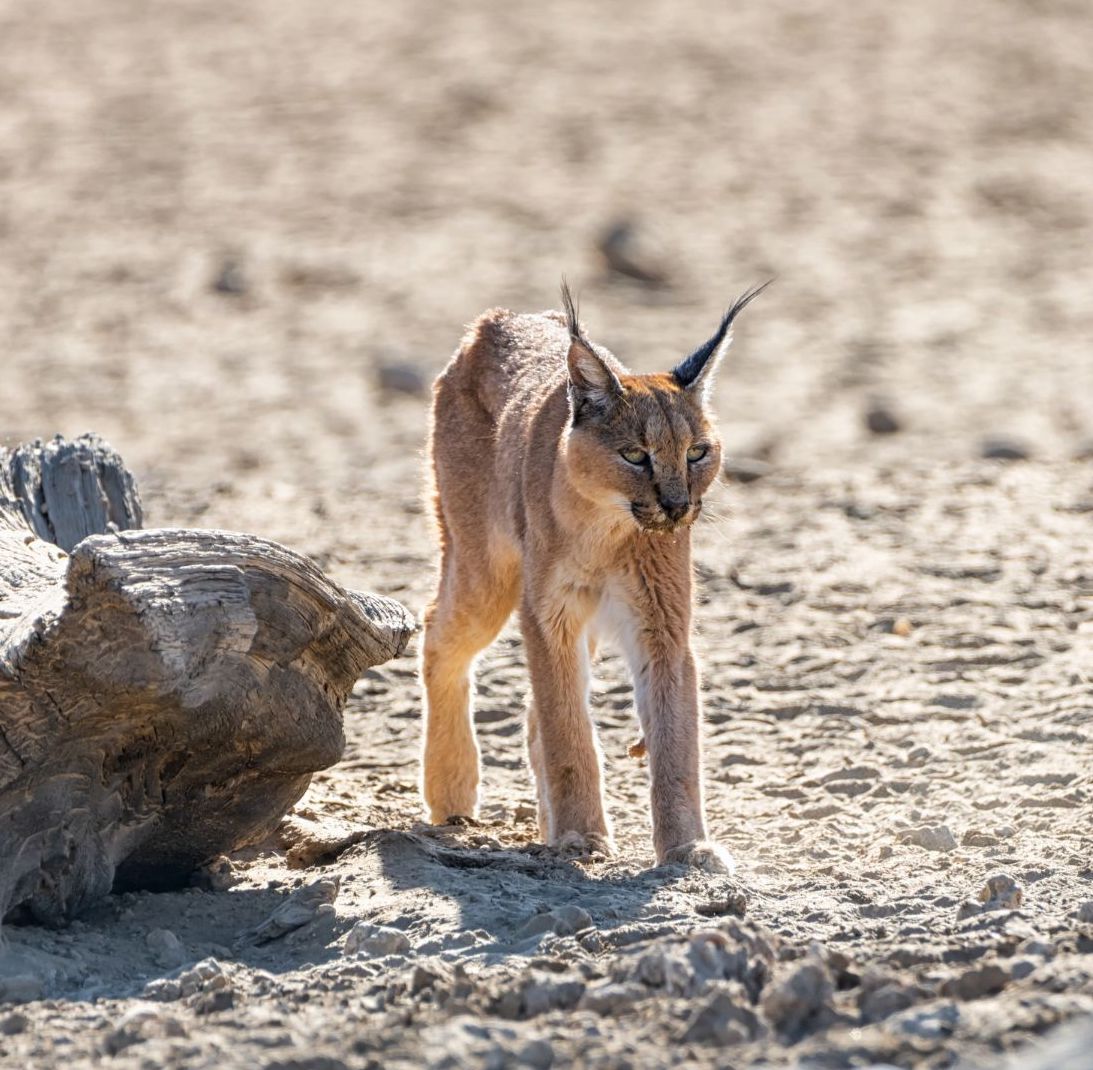
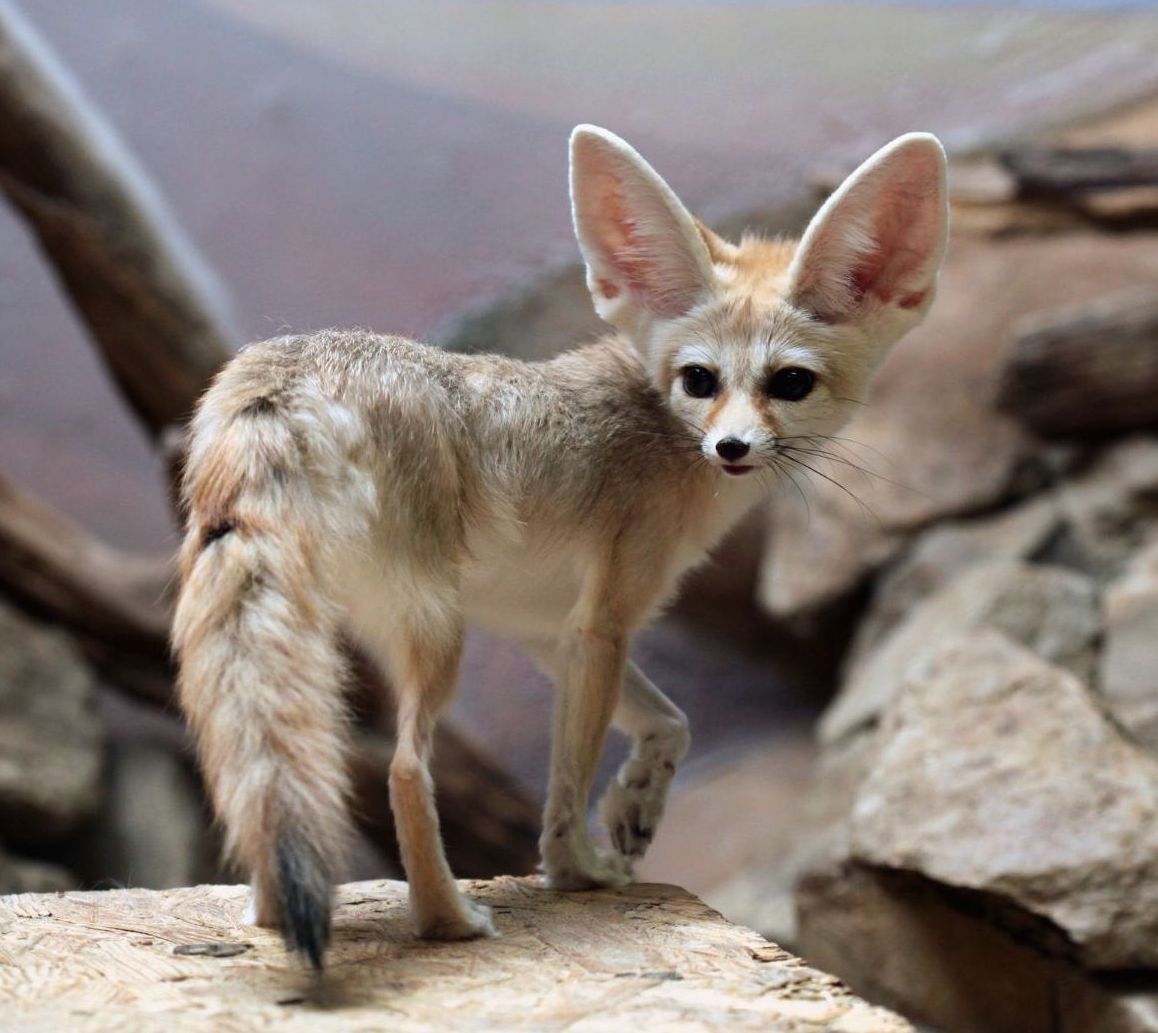
Morrison’s text is full of conversations from remote mountain towns, covering everything from marriage and religion to milking goats, henna and local politics. But what brings the narrative to life are the boisterous personalities of Morrison's walking partners, namely expedition leader Brahim and camelteer Addi, who accompany her on all three expeditions. We're transported to campsites, wells, dunes and lush oases through Brahim’s storytelling and Addi’s playful behaviour, and by capturing the group's camaraderie, Morrison paints a vivid picture of all the “bits in between” on the long expeditions.
We hear of old fossils and ancient cities lost to all but the desert nomads, and constant in the narrative is the hunt for water - not easily come by in the region.
Near the end of the Draa expedition, things are particularly dry, and Morrison remarks that “there are no words to describe what it feels like to be walking across a landscape that’s not only dying but is dead.” The damming of the Draa is partly to blame for this, but the “bigger story”, Alice writes, “is the lack of rainfall”, and a fascinating exploration of climate change in Morocco follows.
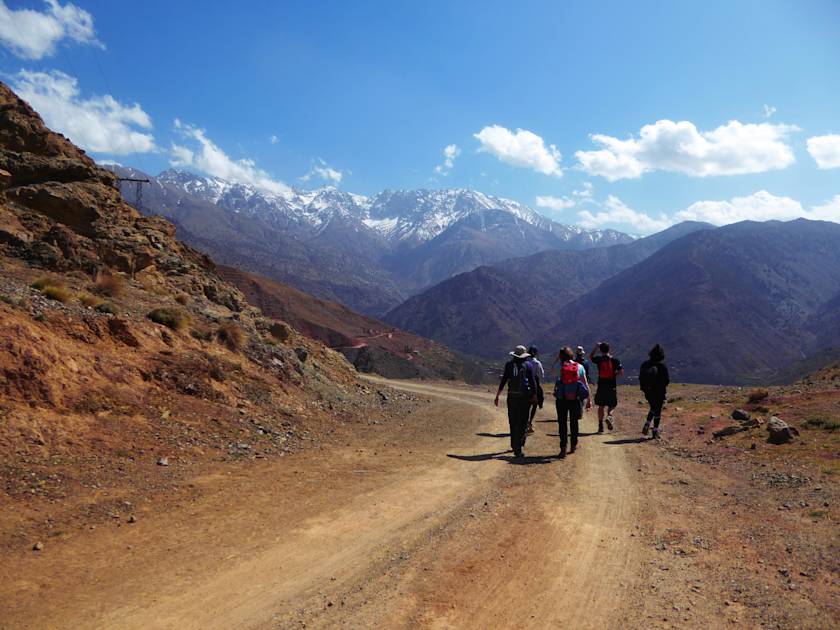
The Sahara is a mixture of “the most magnificent sunrises and sunsets”, 40C temperatures and brutal sandstorms. “The desert blows into my mouth,” Morrison writes of one. “Sand coats my teeth and chokes in my throat.” This expedition finishes in the disputed territory of the Western Sahara.
By the time the Atlas expedition gets under way, Covid has hit, and the final expedition becomes a fascinating documentation of how the pandemic impacted, (or didn’t even reach) the communities deep in the Atlas Mountains.
They find the hospitality of remote areas remains, though often at a distance - “we are made welcome everywhere and showered with gifts of fresh bread, figs and almonds”. They go from the Za River, a gorge like the “Garden of Eden” with “fruit trees of every kind, smothered in bees and butterflies feasting” to “long, rolling plains” deeper in the mountains and a steep, nomad trail network.
They reach Maghara Akhyam, “a big cave system cut into the mountains” like “a series of mini Grand Canyons, rose-red rock moulded by water concourses and seismological shifts” and eventually descend down to Nador. There is plenty of wanderlust in Morrison's writing, but despite the impressive expeditions, she writes without ego, and her focus on the laughter and conversations of the people of Morocco makes this book particularly readable. As the author writes in her conclusion: “Every time you step outside your door and see or hear something different, you are exploring and learning more about the world.”
Inspired? Check out our range of adventure holidays in Morocco, from the sleeping in the Sahara to trekking the Atlas Mountains!
This article contains affiliate links. Which basically means we make a little commission if you click through and buy something. It doesn’t cost you anything, and it just means we can do more good things in good places.

